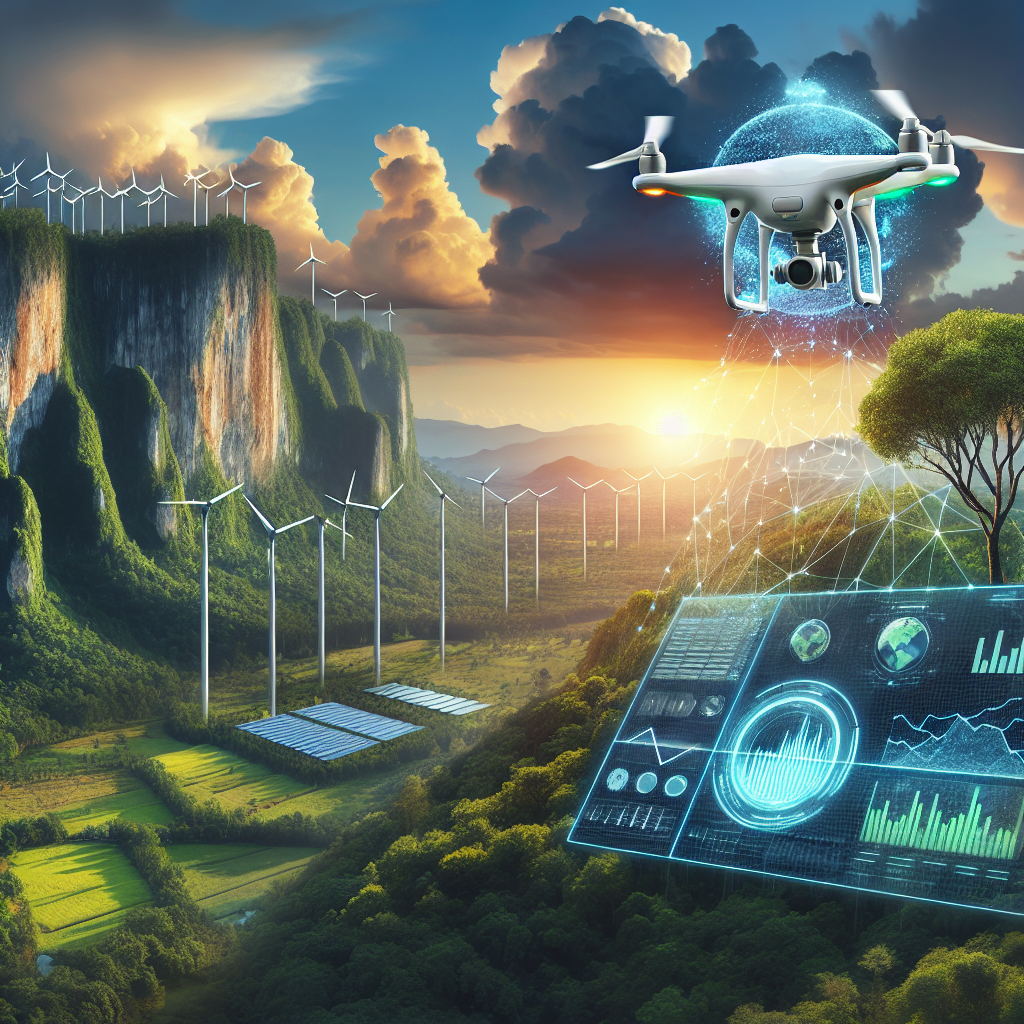In an era where environmental concerns are becoming increasingly prominent, the role of technology, particularly Artificial Intelligence (AI), has never been more critical. AI is revolutionizing the way we monitor and understand our environment, providing invaluable insights that help in making informed decisions aimed at conservation and sustainability. But how exactly is AI impacting environmental monitoring?
Understanding Environmental Monitoring
Environmental monitoring encompasses the systematic collection, analysis, and interpretation of environmental data. Traditionally, this has involved manual data collection methods that are not only time-consuming but also prone to human error. However, advancements in AI technologies are paving the way for more efficient and accurate approaches.
Traditional Methods vs. AI-Driven Techniques
Traditional methods often require extensive fieldwork, laboratory analysis, and significant human intervention. These methods are limited by geographical constraints and the sheer volume of data that can be realistically collected and analyzed. In contrast, AI-driven techniques leverage machine learning algorithms, IoT devices, and big data analytics to automate and enhance the process.
Key Technologies in AI-Driven Environmental Monitoring
- Machine Learning: Machine learning algorithms can analyze vast amounts of data from multiple sources, identifying patterns and anomalies that might be missed by human observers.
- IoT Sensors: Internet of Things (IoT) devices equipped with AI capabilities can continuously monitor environmental conditions in real-time, providing instant insights.
- Remote Sensing: Advanced remote sensing technologies, such as satellites equipped with AI tools, can collect and analyze data over large geographical areas, often in inaccessible locations.
Applications of AI in Environmental Monitoring
AI’s capabilities are being harnessed across various domains of environmental monitoring, from air quality assessments to wildlife conservation. Let’s explore some key applications.
Air Quality Monitoring
AI plays a pivotal role in air quality monitoring by analyzing data from various sensors and predicting pollution levels. These predictions are critical for issuing timely health warnings and devising pollution control strategies. Advanced algorithms can differentiate between pollution sources, enabling more targeted interventions.
Water Quality Analysis
Maintaining water quality is essential for ecological health and human well-being. AI-driven systems monitor parameters like pH levels, turbidity, and contaminant concentrations in real-time. This data is used to predict algal blooms, identify pollution sources, and ensure compliance with environmental regulations.
Wildlife Conservation
AI technologies are invaluable in wildlife conservation efforts. Machine learning models can analyze camera trap images, sound recordings, and GPS tracking data to monitor species populations, identify poaching activities, and understand animal behaviors. This enables conservationists to take proactive measures to protect endangered species.
Climate Change Research
AI is a powerful tool for climate change research, helping scientists to model and predict climate trends. By analyzing historical data and current conditions, AI can provide forecasts and scenarios that inform policy decisions related to climate mitigation and adaptation.
Challenges and Ethical Considerations
While AI offers substantial benefits for environmental monitoring, it is not without its challenges and ethical considerations. Data privacy, algorithmic bias, and the need for transparent and explainable AI models are critical issues that must be addressed to ensure responsible use.
Data Privacy
The extensive data collection involved in AI-driven monitoring raises concerns about data privacy and security. It is imperative to implement robust data protection frameworks to safeguard sensitive information.
Algorithmic Bias
AI systems are only as good as the data they are trained on. Biased or incomplete data can lead to skewed results, impacting the effectiveness of environmental monitoring efforts. Ensuring diverse and representative datasets is essential to mitigate this risk.
Transparency and Explainability
For AI to be trusted and widely adopted, it must be transparent and explainable. Stakeholders need to understand how AI models arrive at their conclusions to validate their accuracy and reliability.
The Future of AI in Environmental Monitoring
As AI technologies continue to mature, their impact on environmental monitoring is expected to grow exponentially. Future advancements may include more sophisticated predictive models, enhanced real-time monitoring capabilities, and greater integration with other technologies such as blockchain for data verification.
Moreover, collaborations between governments, private sector, and academic institutions will be crucial in scaling AI innovations and ensuring their widespread adoption. Such collaborations can drive the development of standardized protocols and frameworks that promote data sharing and interoperability.
Conclusion
The integration of AI in environmental monitoring is a game-changer, providing unprecedented opportunities to protect and preserve our planet. However, it is essential to approach this technological revolution with caution, addressing ethical considerations and ensuring that AI is used responsibly and effectively. As we continue to explore AI’s potential, we must remain committed to leveraging technology for the greater good, creating a sustainable future for generations to come.

